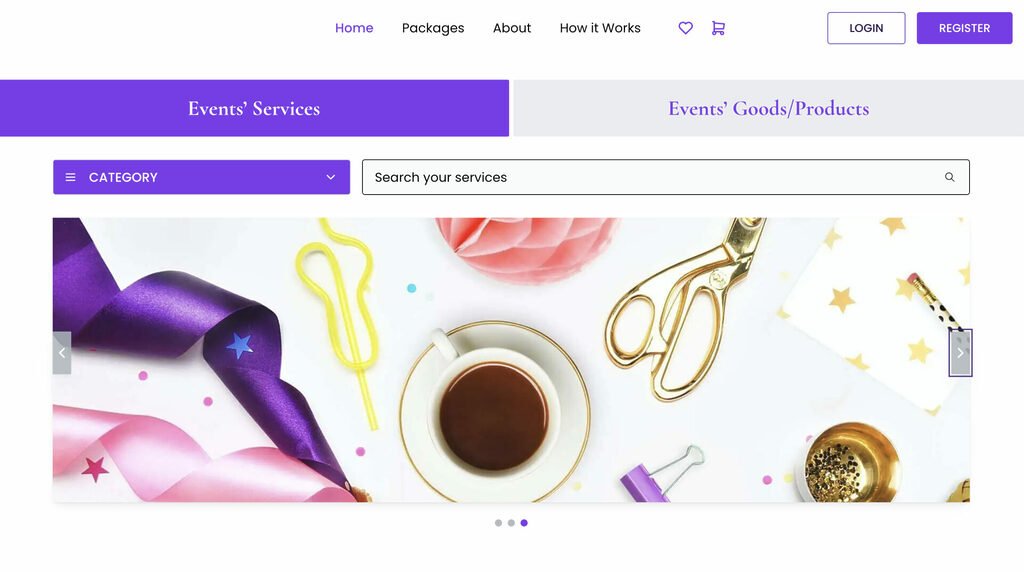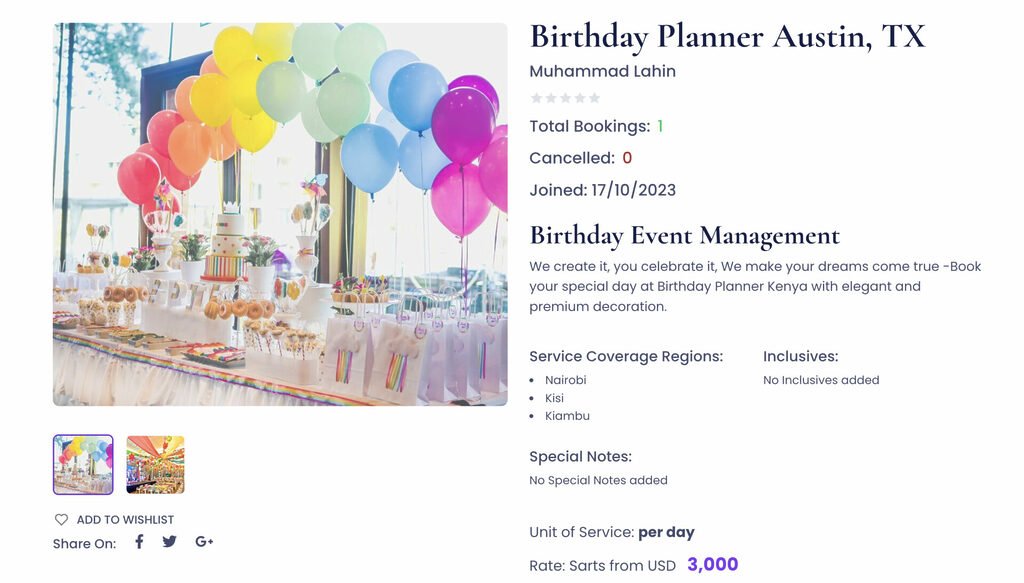Marketplace Platform for Event Related Goods and Services
Full-stack development of a unique marketplace platform for a startup initially targeting the emerging African market. Tailored to meet the unique needs of the events industry, this SaaS product aims to connect event professionals with customers.
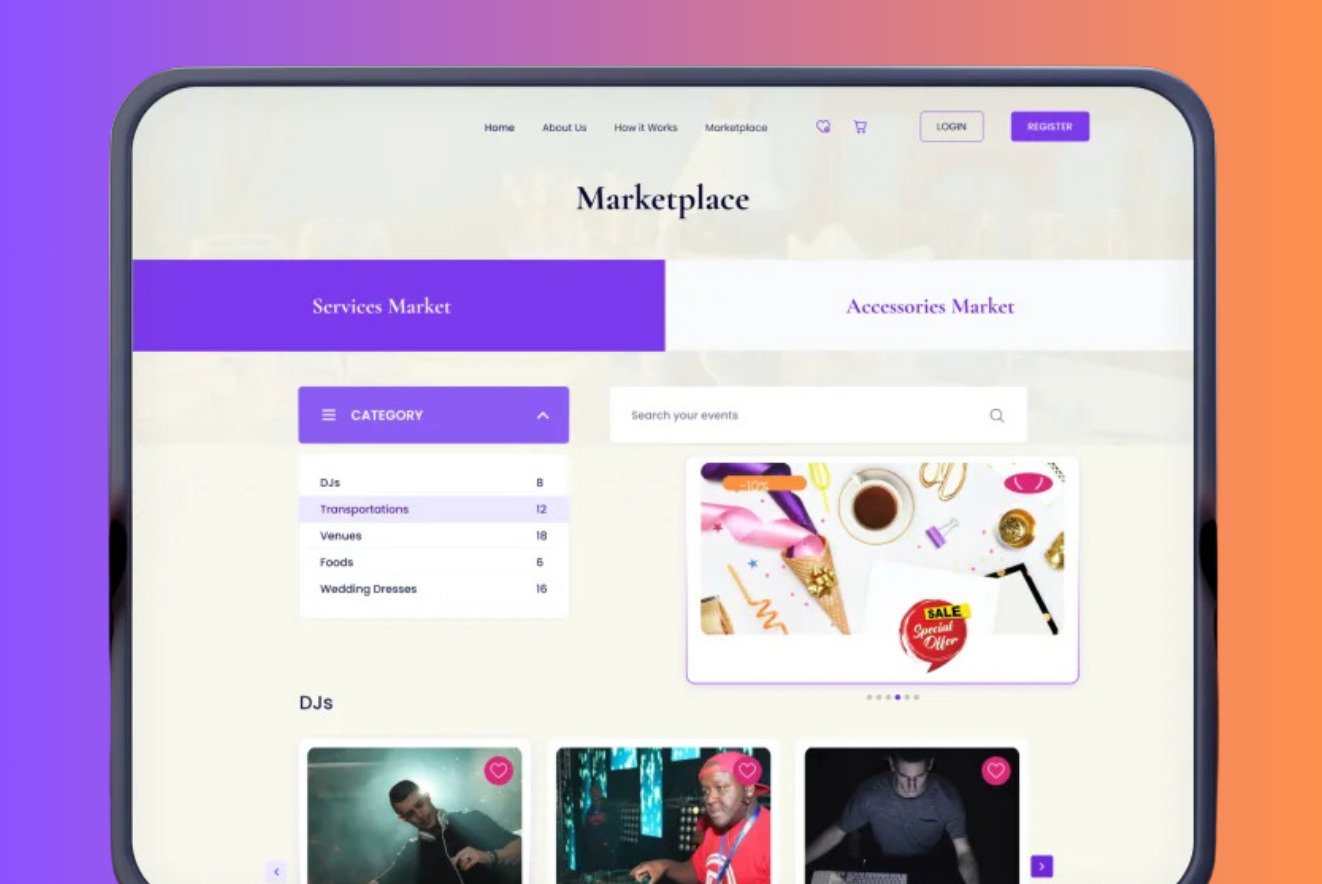
Event
Stuff Augmentation
12 Months
6
About the Project
Background
Our client, a visionary startup founder located in Nairobi, Kenya, is driven to establish a streamlined platform connecting event service professionals with their customers.
Equipped with a UI/UX design prototype, the client approached Technext to transform his innovative idea into a reality. In search of a development agency capable of delivering high-performing backend and user-friendly frontend development services, the client found the ideal collaborator in Technext.
After several meetings, Technext collaborated with this visionary bootstrap founder to bring his dream project to life.
The Vision
The event industry, which includes planning and managing various events, is worth over a trillion dollars worldwide and employs over a million people in the USA. Despite its huge size, the industry lacks an organized platform to connect service providers and sellers with customers.
Our client’s startup aims to fill this gap in the event industry. By connecting professionals with customers, they want to make it easy for anyone to plan joyful events, even at short notice. Through their platform, they hope to transform the way events are organized, providing a simple and efficient solution for both service providers and customers in the industry.
Business Challenges Solved
- Streamlined Connections: The platform facilitates a more efficient connection between event service professionals, goods sellers, and customers, streamlining the process of sourcing and providing services.
- Market Access for Service Providers: Service professionals and goods sellers gain broader market access, reaching a wider audience and potentially increasing their client base.
- Customer Convenience: Customers benefit from the convenience of a centralized platform, making it easier for them to find and engage with event service professionals and source goods for their events.
- Efficient Planning: Event planners and organizers can efficiently plan and execute events by accessing diverse services and goods through a single platform.
- Time and Cost Savings: Businesses can save time and costs associated with traditional marketing and client acquisition methods by leveraging the platform’s targeted and accessible marketplace.
Project Scope
The project’s primary objective was to provide comprehensive front-end and back-end development, incorporating various crucial elements to ensure a robust and user-friendly platform.
Goals Set to Technext
- Front-End Development:
- Crafting an intuitive and visually appealing user interface (UI) to enhance the overall user experience.
- Retouching the existing UI/UX design to align it seamlessly with the platform’s functionality.
- Back-End Development:
- Building a high-performing and scalable back-end infrastructure to support the platform’s functionalities and features.
- Designing and implementing the database architecture to ensure efficient data management and retrieval.
- DevOps Integration:
- Implementing DevOps practices to enhance collaboration, streamline development workflows, and automate deployment processes.
- QA Testing:
- Conducting rigorous quality assurance (QA) testing to identify and rectify any potential issues, ensuring a stable and reliable platform.
- Thoroughly testing the developed system’s functionality, performance, and security aspects.
- Security Implementation:
- Incorporating robust security measures to safeguard user data, transactions, and the overall integrity of the platform.
- Implementing encryption, authentication, and authorization mechanisms to ensure a secure environment.
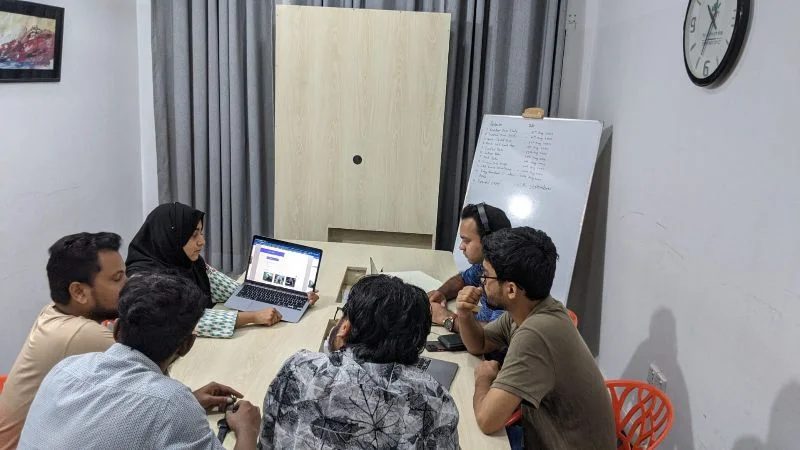
Service Process
The client had a clear vision of their project and engaged in multiple meetings with our leadership team.
They opted for our staff augmentation service, bringing on board six staff members, including front-end and back-end developers, as well as a QA professional.
Development Process
The development journey started with collaborative meetings with our leadership team, guiding the client to define requirements, select the technology stack, and assemble the team. Through multiple iterations, we refined the plan and initiated development. Our QA team took charge, ensuring a system free of bugs.
Key Development Challenges
Creating a complex user interface (UI), implementing a challenging database architecture, and integrating an unfamiliar payment method exclusive to Kenya were key obstacles in developing the product.
The development team also had to adjust to shifting client needs, necessitating several UI and user-relations adjustments.
It was difficult to design a complicated user interface that was user-friendly and capable of handling various events and customization choices. The UI needed to be responsive and be able to manage a lot of data efficiently. Thus, the development team had to make sure of this.
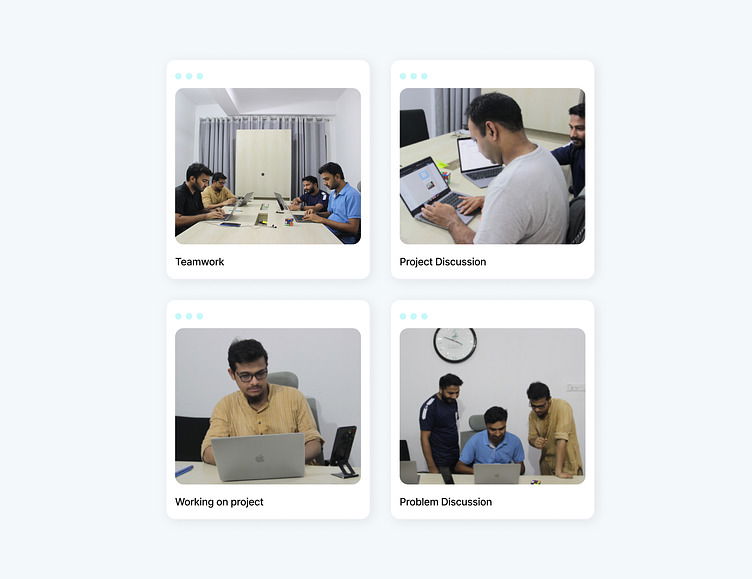
Tech Stack
The tools and technologies were selected based on the specific needs of the users. Budget, security, and customer performance were among the key considerations.
Web Tools & Technologies
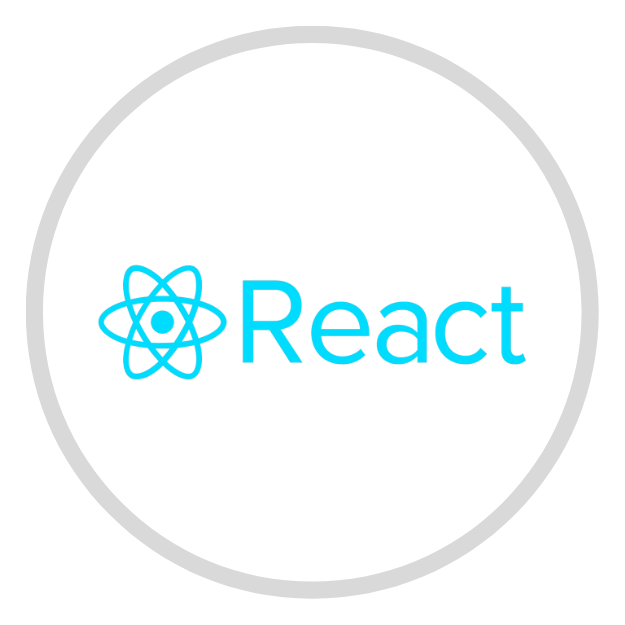
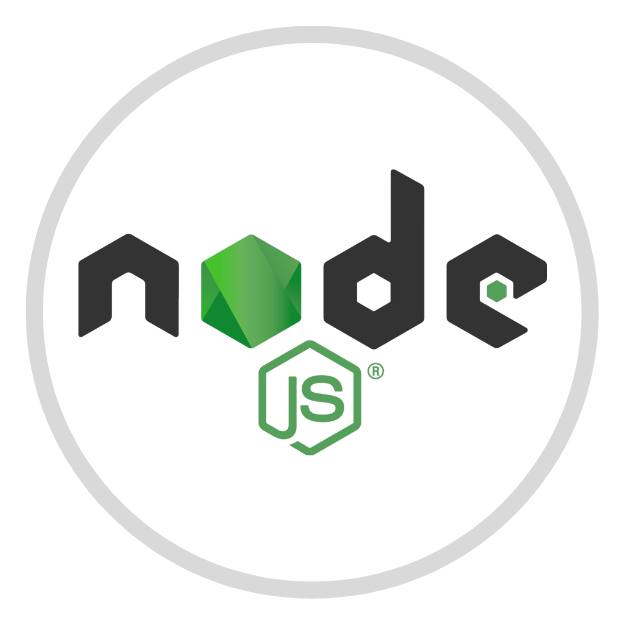


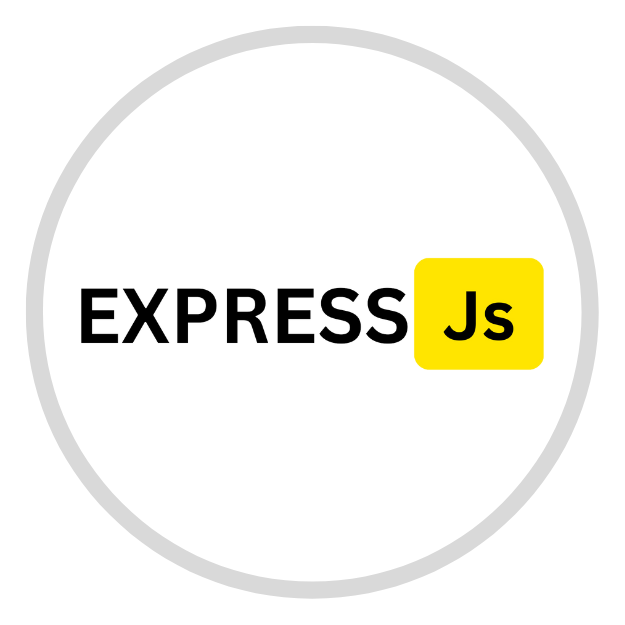
Design Tools
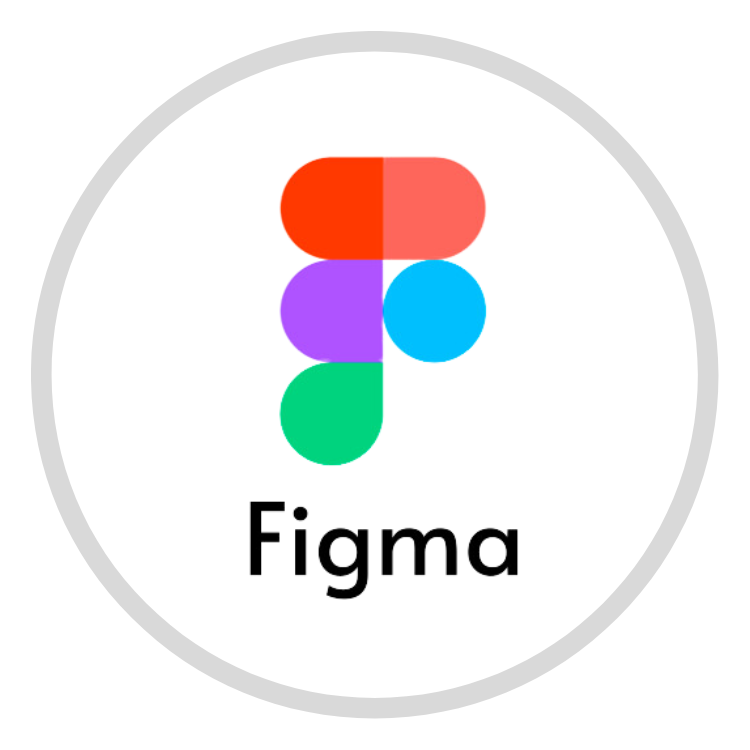
Database and Others
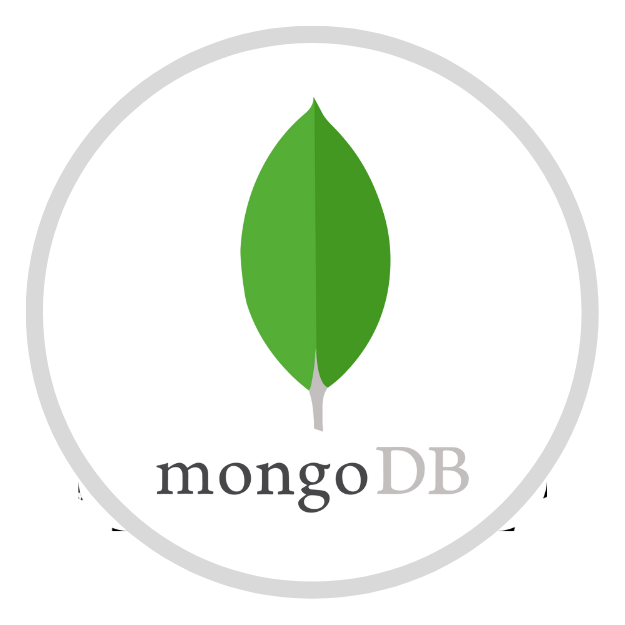

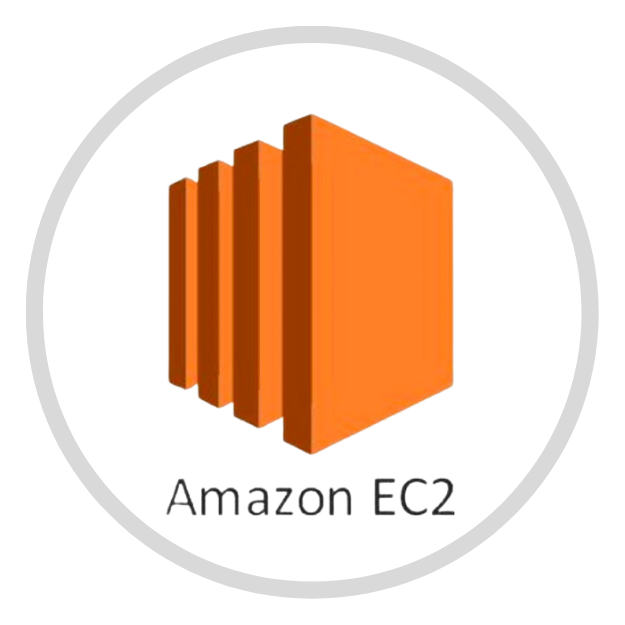
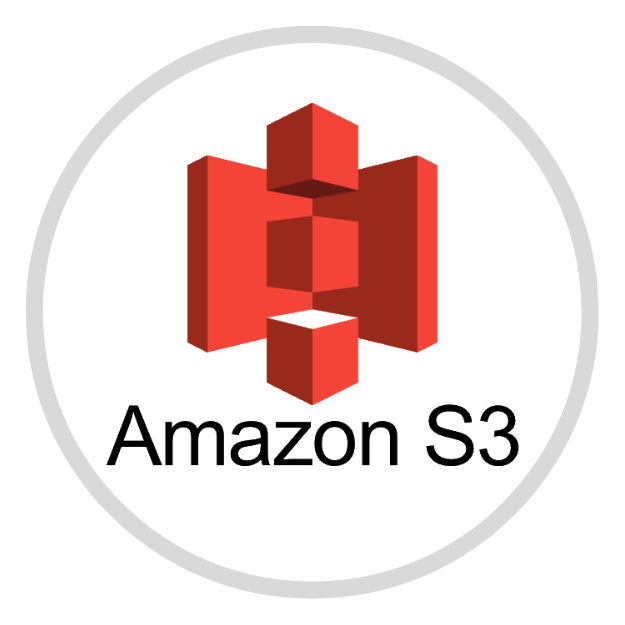
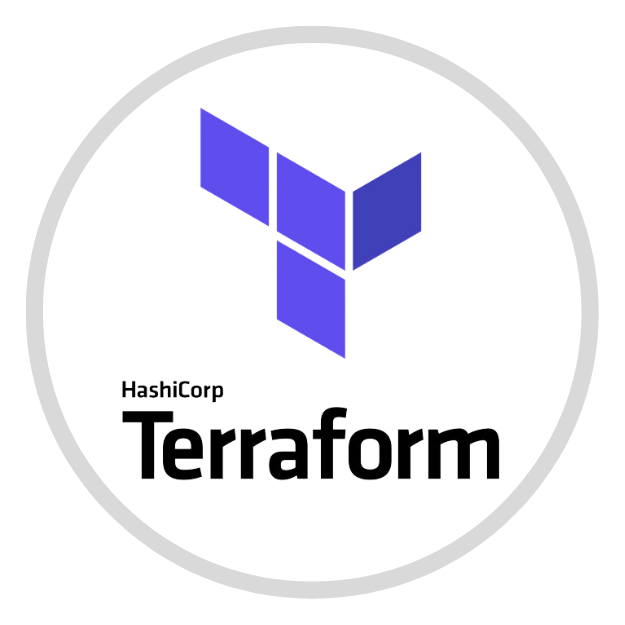
Project Results
The product came out as a reliable and efficient platform for customers and service providers to buy and sell events, services, and products. As a result of Role-based access control, The platform offers separate dashboards for customers, service providers, and administrators, giving them control over profiles, orders, and reviews.
Service providers can manage their team and business accounts, while administrators handle seller-service provider relationships, subscriptions, pricing, and more. Security was our top priority, so our devs and teasers ensured clients’ data and information remained always protected.
